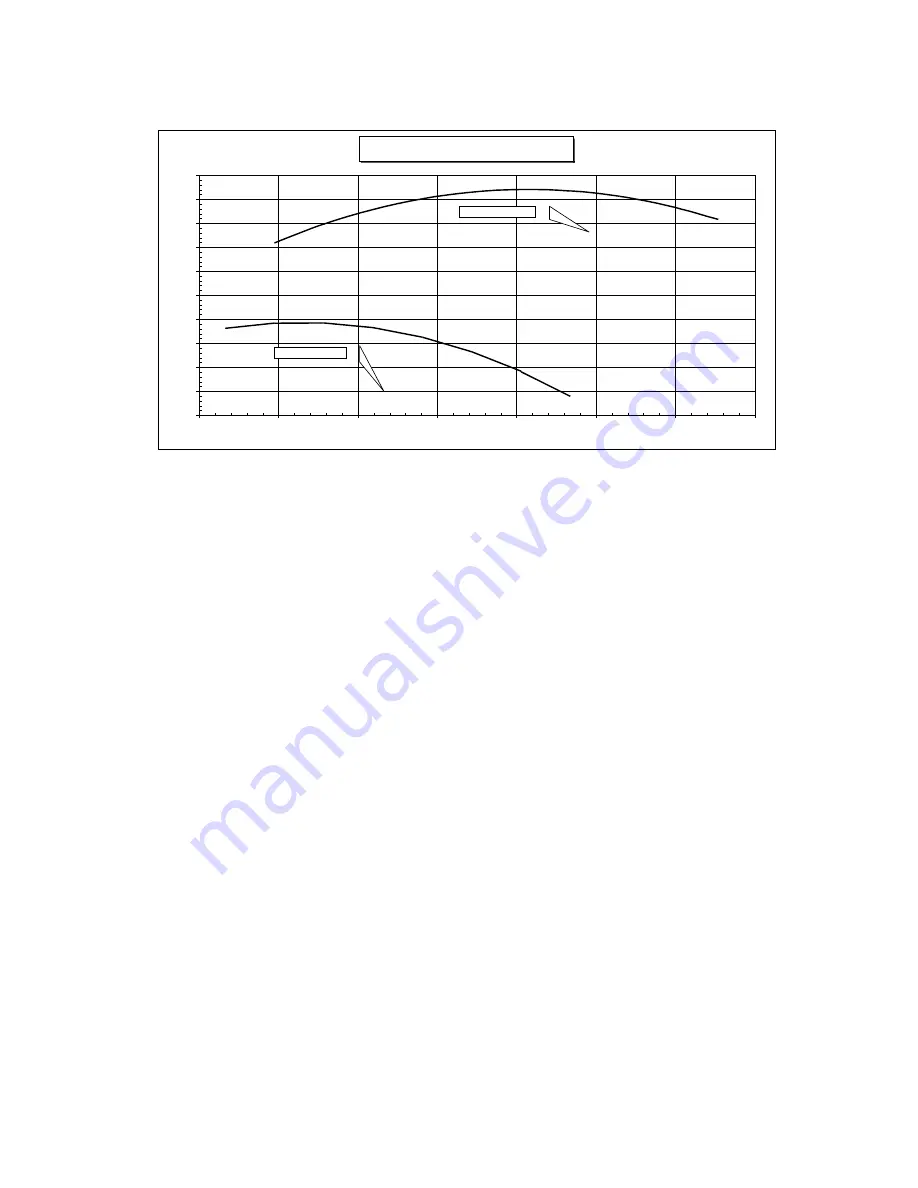
5.10 Baulked landing climb
5.11 Environmental Effects on Flight Performance and Characteristics
Flight performance and handling are not substantially affected by rain or the
accumulation of insects or moderate dirt on the aeroplane’s surface.
Flight in heavy rain should be avoided as this can cause propeller damage from
rain erosion. If such flight is unavoidable, reduce the engine speed to the
minimum to sustain safe flight.
5.12 Demonstrated crosswind performance
Max. permitted cross wind velocity for take-off and landing
11 mph (10 kts)
Max. permitted head wind velocity for take-off and landing
27 mph (23 kts)
5.13 Ceiling
Service ceiling16500 ft.
POH/EUR/01
Issue 2
Page 33 of 42
EV-97 "EUROSTAR"
Baulked landing climb
Rotax 912 Engine, V 230C ( 18° 40´ ) propeller
300
350
400
450
500
550
600
650
700
750
800
45
50
55
60
65
70
75
80
Airspeed IAS [mph]
Ra
te
of
Clim
b [
ft/
min
]
Flaps "LANDING"
Flaps "TAKE-OFF"
Summary of Contents for EV-97 teamEUROSTAR UK
Page 1: ...EV 97 teamEUROSTAR UK...









































